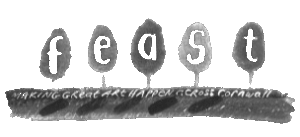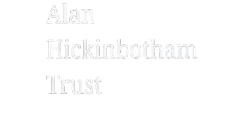The Maker The Charles Causley Literary Blog
A Guide to Causley’s Poems for Beginners
Many people, me included, are not regular readers of poetry. It can be so hard to get into a poetry anthology, and even harder to decipher a poem’s meanings, especially when shrouded in metaphors and analogies. If you want to get into Causley’s work, or are new to reading poetry in general, this guide will highlight some of the themes and ideas that run through his poems, and will offer some helpful tips to accompany your reading. But do remember poetry is just as much about your own interpretation as it is what the author wants to get across, so anything you think about or feel when reading Charles’ poems is wonderful!
Who was Charles Causley?
Causley was a poet and writer from Cornwall, who was born in 1917. He suffered tragedy at a young age as his father died shortly after WW1 due to a lung condition which he developed whilst fighting in war. His first published play, ‘Runaway’, was published when he was only 19. In WW2, Causley was in the Navy, and after the war he qualified as a teacher in a scheme for war veterans. He was a modest man, as can be seen in his humble home of Cyprus Well and his ordinary job as a teacher. He wrote hundreds of poems, as well as a few plays. More information can be found across the Causley Trust’s website.
Causley’s Cornwall
Causley was born and raised in Launceston in Cornwall, and after a brief period where he was away in the navy and then doing teacher training, he moved back permanently until his death in 2003. Launceston and the broader area of Cornwall feature heavily in his poems, such as the statue of Mary Magdalene on St Mary Magdalene Church in Launceston in the poem Mary, Mary Magdalene, and Zig Zag footpath in the poem As I Went Down Zig Zag. Reading poems with such a strong sense of place reflects Causley’s adoration of his hometown, and brings alive the places he describes. Because of this, natural imagery features in many of Causley’s poems, and his idyllic depictions of the areas surrounding him are truly beautiful. Despite this, lots of his poems are based beyond Cornwall and capture themes such as the horrors and effects of war.
Poems for Children
Causley held the firm belief that poetry and literature should be accessible to and enjoyable for children. As a result, many of his poems have a rather innocent, childlike feel to them, and from the late 1960s he wrote many poems and books with children as the target audience. These can be a great place to start to get into Charles Causley’s works, with poems like I Saw a Jolly Hunter being great for children but also fun for adults to read! These poems also tend to have fun, upbeat rhymes, as well as an innocent, child-like feel, emphasised by their simplicity.
General Poetry Reading Tips
- Re-read the poem a few times to understand the themes and messages the narrator wants to get across.
- Read the poem aloud. This helps to understand the rhythm and flow of the poem and can also help with the tone.
- Ask yourself:
- Who is the narrator, and who are they talking or writing to?
- Where is the poem set? Is it a physical place, or a sense of place?
- When is it set? Is the poet writing about the present day, or the past, or something imaginary?
Poetry Recommendations for Beginners
Causley poems:
- I Saw a Jolly Hunter
- Eden Rock
- As I Went Down Zig Zag
- Miller’s End
- Mary, Mary Magdalene
Other poems:
- The Raven (Edgar Allen Poe)
- Sonnet 116 (William Shakespeare)
- Ozymandias (Percy Shelley)
- The Orange (Wendy Cope)
Words by Abigail Manley












